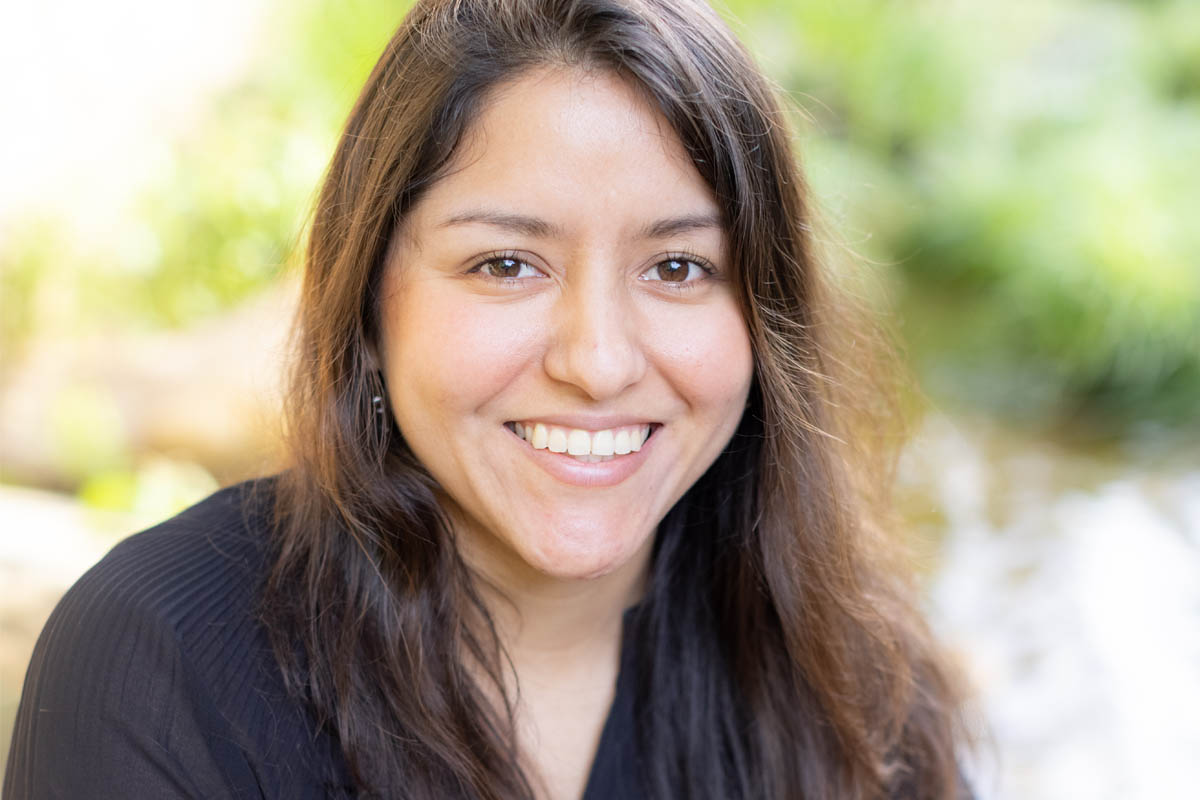The Importance of Interreligious Exposure: Blessing Someone’s Religious Practice from a Place of Knowledge and Empathy

Before I came to America, my interreligious experience was limited by the lack of cultural diversity in my home country of Peru. There, I had only been exposed to different branches of Christianity.
When I moved to the U.S. in 2017, I remember seeing Hasidic Jewish men in three-piece suits and tall black hats, some made of rabbit fur, even in the summer heat. I noticed the curl on the side of their faces, something I had never seen in images or in real life before.
That same hot summer day, I saw women wearing hijabs and abayas for the first time. Looking at the Hasidic Jews and the Muslim women, I could only empathize with the discomfort they might have felt in the concrete jungle of New York City. I also felt different from them; my clothes were more mainstream, and I didn’t know much about their religion and symbols of faith.
A few years later, I met my husband’s friend Zia, a Muslim from Pakistan. He was wearing Western clothes and he seemed relatable to me because he was also a person of color and came from a developing country. Soon, he became a friend. When I heard that he was fasting during Ramadan, I was impressed by the power of his faith and his ability to go without food and water from dawn to dusk for so many days.
Every year, Zia and his family drop off an assortment of Pakistani dishes and desserts before going to their family’s Eid gathering to celebrate the end of Ramadan. I’ve always been so thankful and look forward to eating these delicious foods, though the sincere thanks and appreciation I offered came from a place of gratitude for sharing, not from knowing the religious significance of such an action.
My interreligious experience
After three years of knowing Zia, I started working at Hartford International University as a Communications Coordinator. There, I learned that Ramadan was as important to Muslims as Christmas was for me and serves as a time for reflection, repentance, worship, and bonding.
When Zia and his family came to my house to drop off food at the end of 2022’s Ramadan, I said “Happy Eid” with the meaning that it deserves. I knew more about what he went through during Ramadan and how important the Eid dinner with his family was. He was wearing a traditional Pakistani outfit, those worn for important events, but his traditional attire and religious beliefs didn’t divide us. Those seconds I took to pronounce “Happy Eid” were special – I understood that we need more proximity to those who are different from us for the good of humanity.
Why is it important to have interreligious exposure?
Since I began working at HIU, I empathize with people of other faiths and cultures in a more respectful and meaningful way, even with a curiosity to learn more. Now on a hot summer day, I look at people of other religions wearing their symbols of faith and think of Eid, Passover, Ramadan, etc., not just a shallow “they must be hot.” I’ve moved beyond wondering how hot they might be to a respectful curiosity about the significance of their attire and the beliefs a person holds.
During this process, I’ve realized how vital it is to have interreligious exposure to counteract religious conflicts. That exposure, accessible through our MA in Interreligious Studies or our Executive and Professional Education program, leads to empathy and tolerance. These are values that can help our divided world connect and learn from one another and enhance social cohesion, as well as to ease discrimination and attacks based on misconceptions and ignorance of religious differences. Interreligious exposure can also make us connect with our own faith, beliefs, and values. As we like to say at Hartford International University, we’re all about “exploring differences, deepening faith.”
